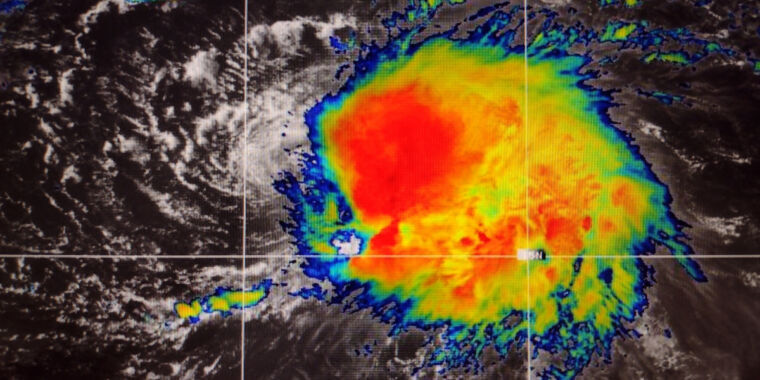This is the best summary I could come up with:
In the study, GraphCast demonstrated superior performance over the world’s leading conventional system, operated by the European Centre for Medium-range Weather Forecasts (ECMWF).
In a comprehensive evaluation, GraphCast outperformed ECMWF’s system in 90 percent of 1,380 metrics, including temperature, pressure, wind speed and direction, and humidity at various atmospheric levels.
GraphCast utilizes what researchers call a “graph neural network” machine-learning architecture, trained on over four decades of ECMWF’s historical weather data.
Also, due to technological limitations, global AI models can’t yet create forecasts as detailed or granular as traditional ones, making them more ideal for examining smaller-scale phenomena, according to The Washington Post.
“Our approach should not be regarded as a replacement for traditional weather forecasting methods,” they write, “which have been developed for decades, rigorously tested in many real-world contexts, and offer many features we have not yet explored.”
The UK Met Office, in partnership with the Alan Turing Institute, is also developing a graph neural network for weather forecasting to be incorporated into its supercomputer infrastructure in the future.
The original article contains 515 words, the summary contains 171 words. Saved 67%. I’m a bot and I’m open source!


